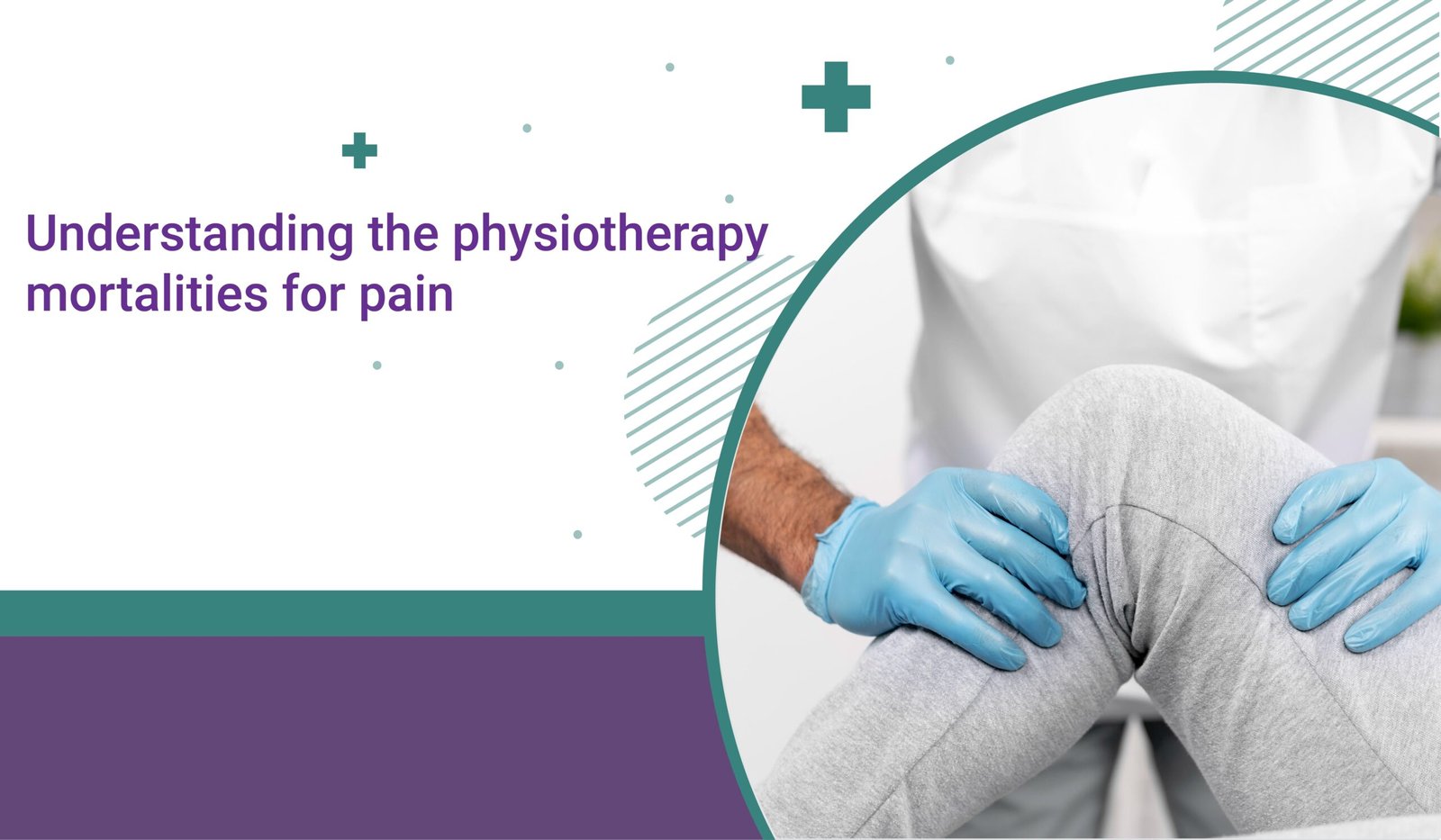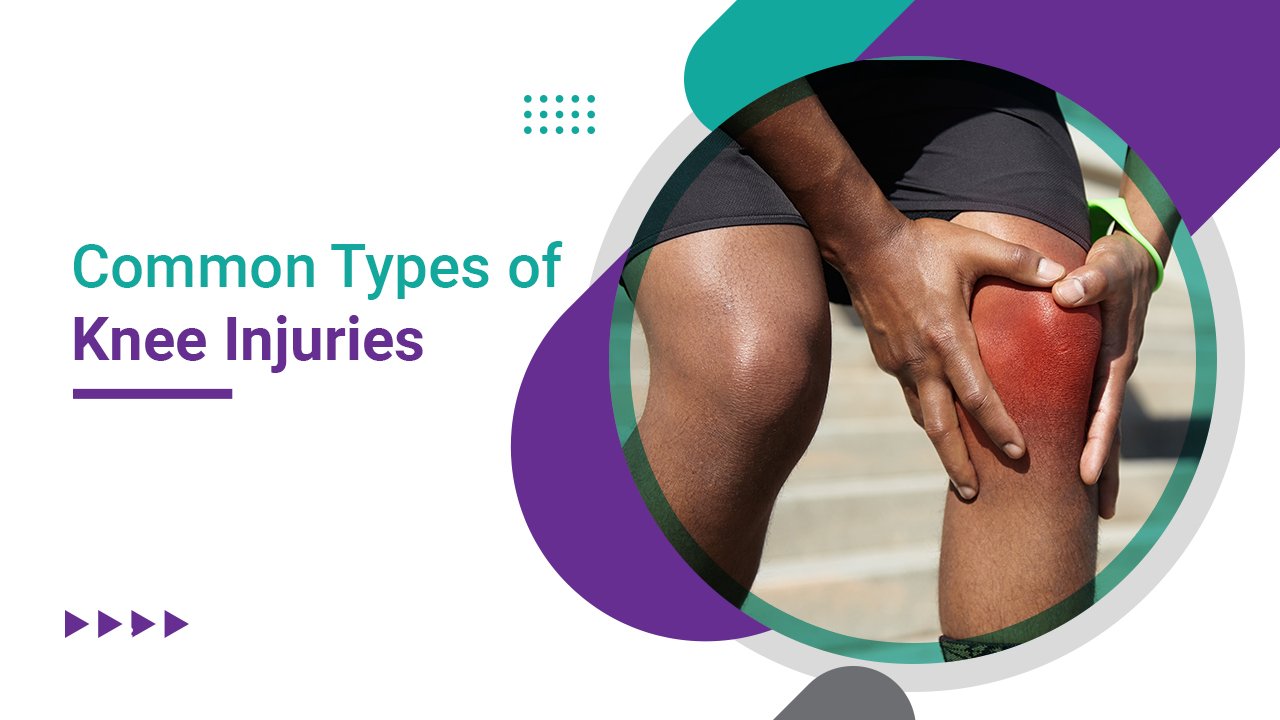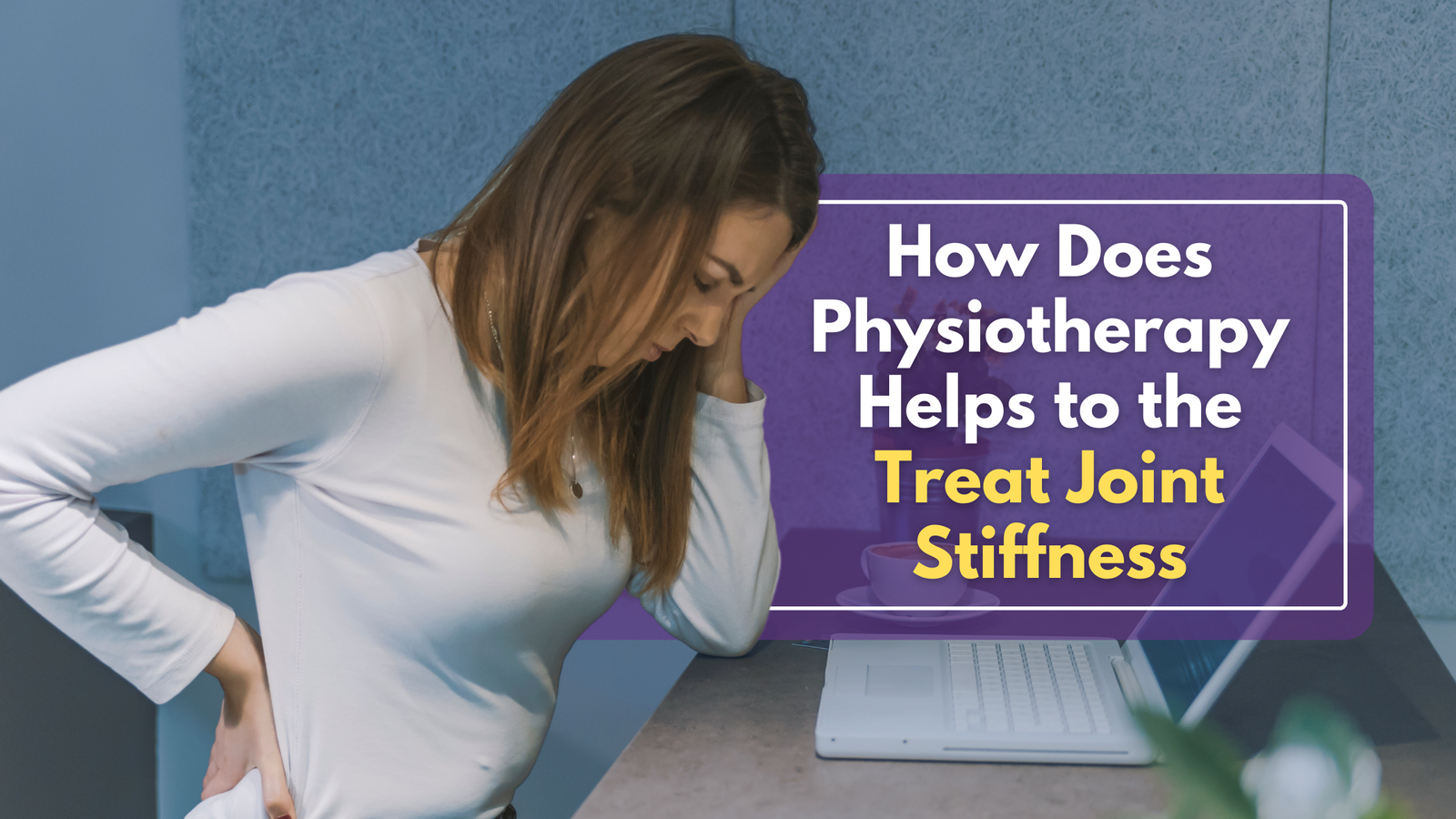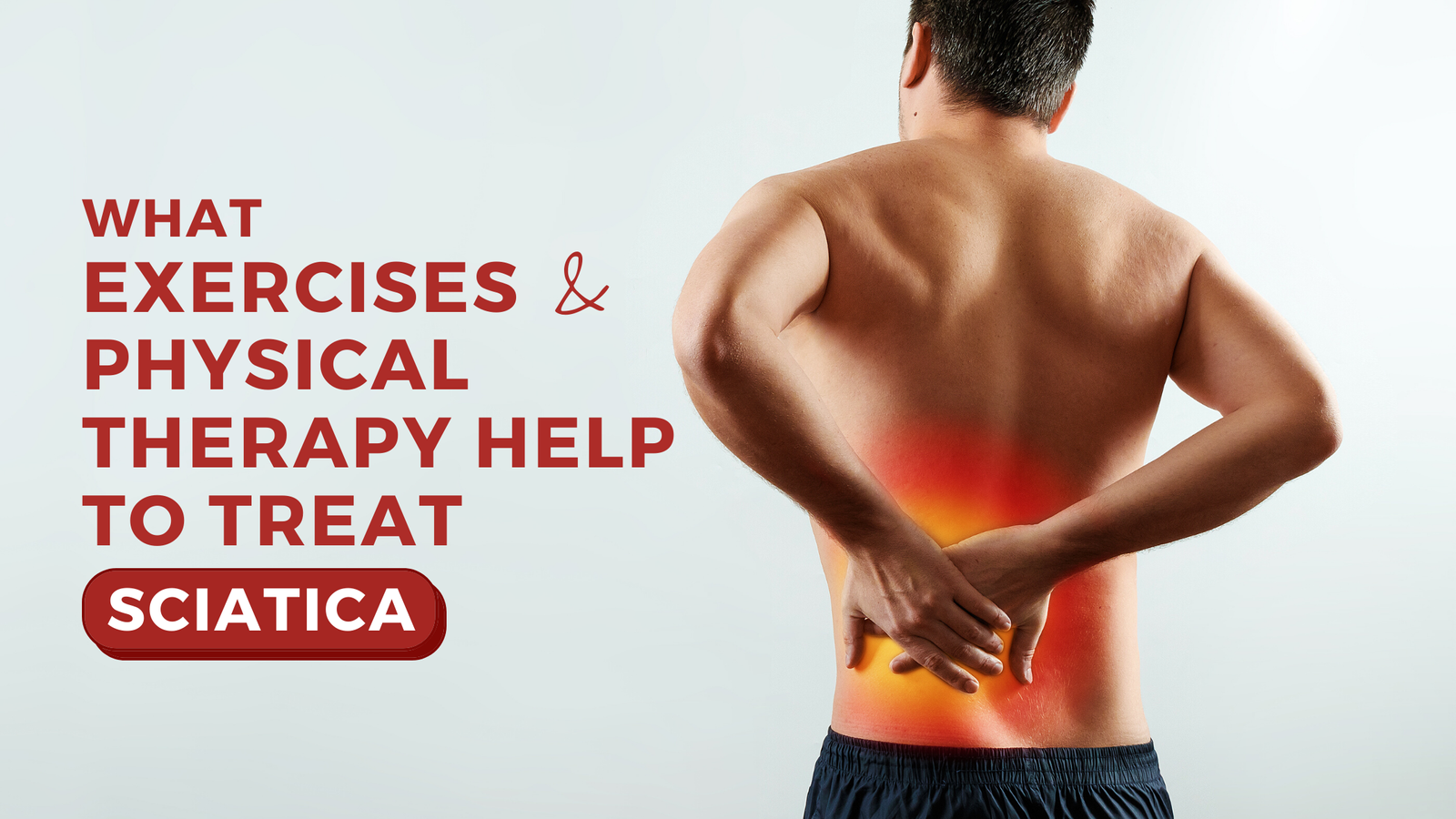Understanding the Physiotherapy Mortalities for Pain
Physiotherapy is a therapeutic modality that helps clients to achieve their goals and obtain therapy. Certain electrophysical agents are utilized to create physiological effects. For decades, modality depended on certain conditions to meet the goal of the patients. We will talk about the modality and safety considerations.
Electrical Stimulations
The flow of electrons is measured from one area to another. Depolarizations of nervous tissue or muscle. Electrical stimulation has been used for the modulation of pain through cutaneous sensory nerves. Activation of fibers inhibits the transmission of pain. It is also known for gate control theory in severe pain. There will be endogenous opioids that result in the activation of descending pathways of analgesic.
- The choice of modality will solely depend upon the specific condition. Needs and goals must be met according to the rationale use of the modality and their considerations of safety.
- The factors that increase the impedance of the skin also include the presence of hair and cooler skin temperatures.
- Integrity priority is given by asking the patients to find the difference between painful stimuli and light touch.
- Placing the electrodes far from one another to travel deeper at 1 inch apart
Thermotherapy
The application is both heat and cold and is also referred to as the conductive modalities. It also utilizes the energy conducted locally and occasionally heating and cooling of various superficial tissues at the possible depth of 1cm or less. Several physiological effects are
- Increased metabolic rate
- Relaxation of muscle spasm
- Increased elasticity of connective tissue
- Pain relief through the mechanism of gate control and decrease ischemia
- Vasodilation and increased blood flow
The stimulation can improve the inflammatory cells. The heat provides a relaxing effect on the tone of the muscle to reduce the muscle spindle. The theory offers relaxation to occur the disappearance of severe pain.
Additional Considerations
- Check the patients every 5 mins to find cold and hot stimuli
- No lying on hot ads or packs to exert pressure and compress the capillaries of the skin to compress the normal response of the vasodilator.
- Burn risk is increased through the substantial amount of fat as it serves as an insulator.
Cryotherapy
It is a cold hydrocollator pack that also includes ice messages and cold spray to provide a physiological effect of cold which also includes-
- Decreased metabolic rate
- decreased blood flow
- Vasoconstriction (within the first 15 – 20 minutes)
- Relief of the muscle spasm through the gate-control mechanism
- Reduce the nerve conduction velocity
Reduces the flow of blood and develops the metabolism to reduce the inflammatory mediators. There will be a reduction of edema formations through cold compresses. The local activity might appear to raise the stimulus and decrease the free nerve endings. There will be an increase in threshold and reduced muscle spasms.
Ultrasound
This technology utilizes the sound energy through the pressure wave formed by the mechanical vibrations as a medium. The flow of this wave can be delivered exactly to an uninterrupted stream in a continuous mode. There will be periodic interruptions throughout like a pulse mode. The deep heating mode will be capable of increasing the temperature and enhancing healing. There will be continuous usage of the thermal effect to get the desired goal. Stimulation of inflammatory cells to release the chemical mediators and activate the fibroblasts in the area of injury. Ultrasound provides aid to the pain through the possible mechanism for the effects of analgesic. Recently the ultrasound will accelerate the rate of healing the fractures through enhancement of angiogenic, osteogenic, and chondrogenic activity.
Additional Considerations
- The treatment of effective radiating area is done efficiently
- Absorption of energy is used to treat the ligaments, fascia, tendons, and scar tissue.
- Minimizing the difference between air interface and suitable coupling medium is utilized.
- Delivery of ultrasound energy for improvement in head movement.
- Superficial heating and cooling are efficiently used for the healing of skin damage.
Laser
This process is stimulated emission of radiation that uses radiant electromagnetic energy. Low power laser produces a negligent effect have a significant effect on the tissue and healing of the fracture. Laser therapy can absorb the enzymes and fibroblasts in the human body. Activation of the cell function is increased through collagen deposition. Absorption of the hemoglobin is released through the increase in microcirculation. The low dosage of such physiotherapy can decrease the nerve conduction sensory effect to reduce the pain significantly.
Conclusion
To learn more about various Understanding physiotherapy mortalities for pain, you must visit Om Physio Plus Nutrition in Ahmedabad. Dr. Niraj Patel is an experienced physiotherapy doctor who can treat you with all the latest facilities available. Physiotherapy must be done efficiently to reduce the pain and keep the significant side effect in mind. We recommend you visit this clinic and get treated accordingly.






